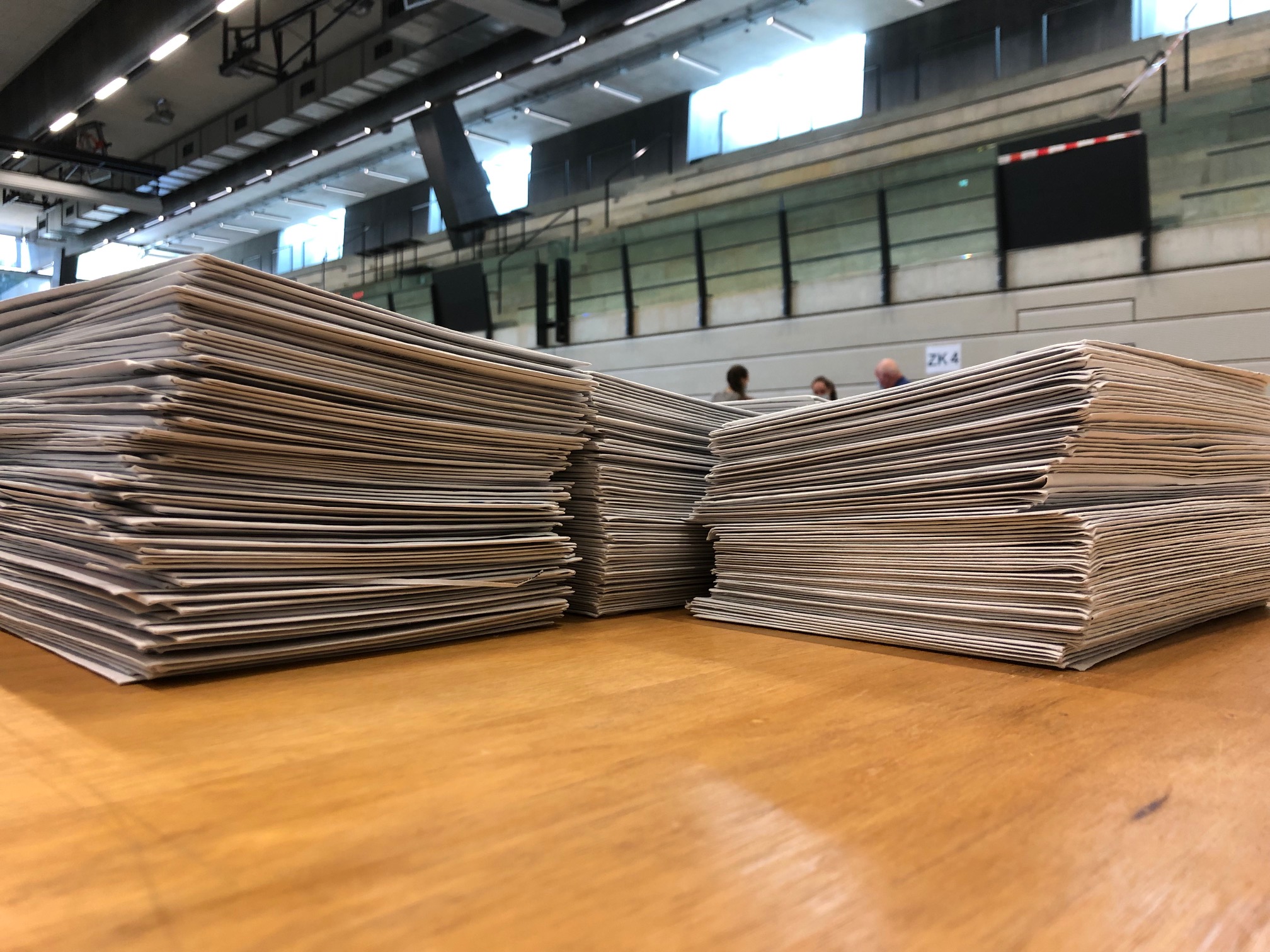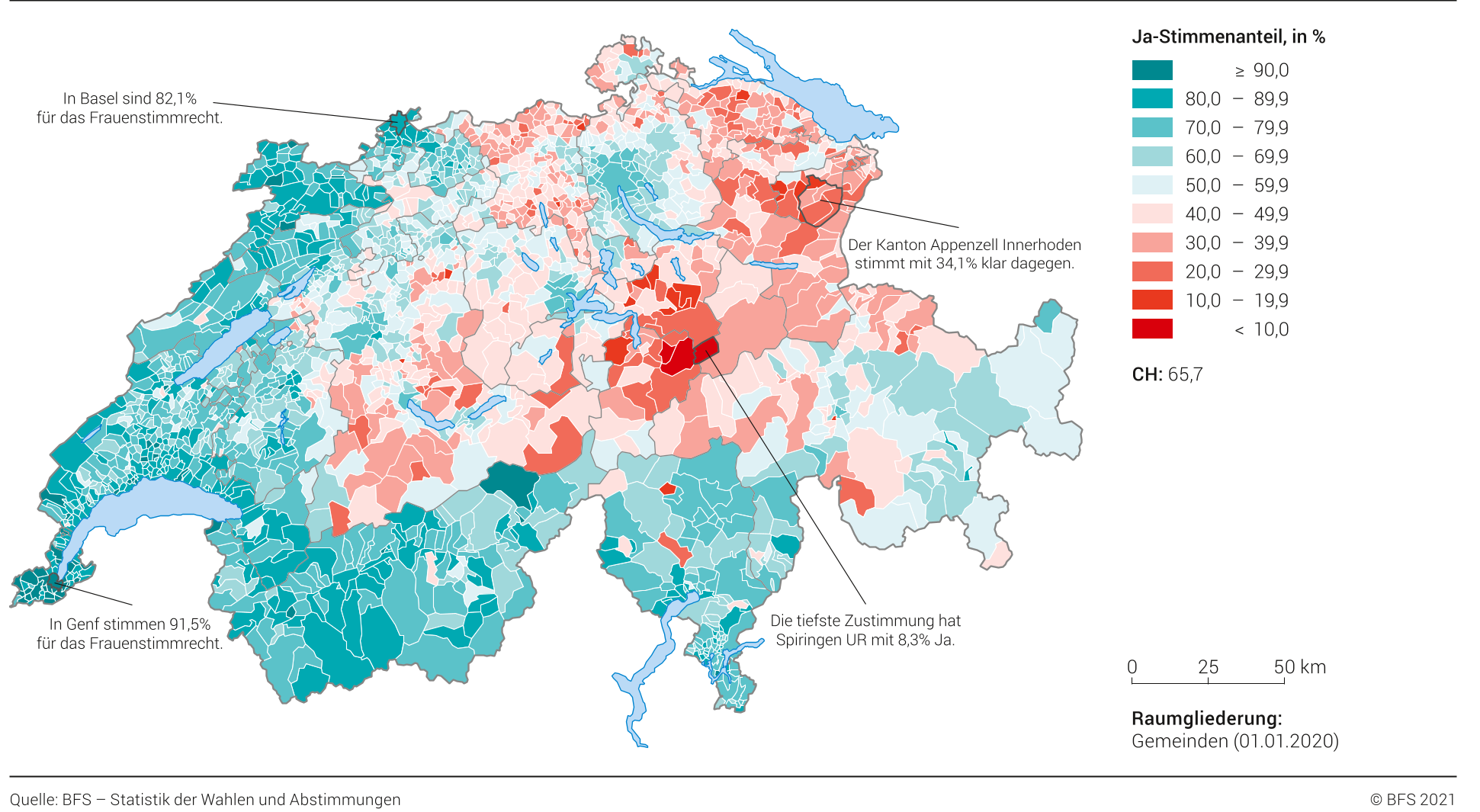Electing a new Swiss government
December 13, 2011, No comments
 Tomorrow is election day in Switzerland. Again. But this one is special because it will produce a new government (finally). It’s also the most important occasion on which the Swiss people have no direct say, because the seven-member Bundesrat, or Federal Council, that governs Switzerland is elected by both houses of parliament. There is no popular vote but that doesn’t mean it lacks excitement. Exactly the opposite, in fact.
Tomorrow is election day in Switzerland. Again. But this one is special because it will produce a new government (finally). It’s also the most important occasion on which the Swiss people have no direct say, because the seven-member Bundesrat, or Federal Council, that governs Switzerland is elected by both houses of parliament. There is no popular vote but that doesn’t mean it lacks excitement. Exactly the opposite, in fact.
The Bundesrat election is when real politics shows its face in Switzerland, with all the infighting, backstabbing, and double-dealing that goes with it. All played out live on television. The last two (2003 and 2007) produced huge surprises and this one promises to do the same, thanks to the unexpected general election results in October. It will be best time to tune into Swiss politics, and I’ll be watching – and tweeting so that you can follow the drama. To help with that, here’s a quick guide to what is actually taking place, and what might happen.
The rules
- The Bundesrat is elected by all 246 members of parliament in a secret ballot.
- The seven seats are filled in order of seniority, based on when the sitting member was first elected. Vacant seats are filled last of all. That means Doris Leuthard will face re-election first and Micheline Calmy-Rey’s successor will be the last.
- A candidate needs a simple majority of all valid votes cast to win a seat. If no-one wins a majority in the first round, voting continues until one candidate wins. This can take four or five rounds of votes.
- New candidates can stand in the second round, but after that only candidates who receive more than ten votes can remain. After each round, the bottom candidate is eliminated until only two remain.
- Any Swiss citizen (who is entitled to vote) can be elected even if they’re not an official party candidate or have put their name forward. Names can be written in by the electors, as happened with Eveline Widmer-Schlumpf in 2007.
- Winning candidates have to declare if they will accept the seat.
The background
The Bundesrat election was traditionally based on a system that shared the seats between the four largest parties – known as Konkordanz in German – 2 seats for each of the three biggest parties (SVP, SP and FDP) and 1 for the smallest of the four, the CVP. Then 2007 happened. In theory, Konkordanz was still followed because it was an SVP politician who was elected. The trouble was it wasn’t the official SVP candidate – Bundesrat Christoph Blocher – but the Finance Director of Canton Graubünden, Eveline Widmer-Schlumpf. Cue lots of stomping and shouting.
Having stated that it was Blocher or nothing, the SVP went into Opposition and the BDP was born, so creating today’s unusual situation: a party too small to be in government and the largest party only having one seat (the SVP limped back into the Bundesrat in 2008). But Eveline Widmer-Schlumpf is popular with the general electorate and the right-wing has no majority in parliament, so the SVP cannot count on winning back her seat. The graphic above shows how the parties stand, in terms of seats in the Federal Assembly. After a disastrous election for the right-wing parties, they now have only 104 seats together, compared to 74 for the left and 68 for the middle. A winning candidate must therefore have support from at least three parties to reach the 123 winning post.
The outcome
So what will happen? The easy bit is that three of the Bundesrat will be re-elected – Doris Leuthard (CVP), Ueli Maurer (SVP) and Simonetta Sommeruga (SP) – and the SP should hold onto its second seat, currently vacant, while the FDP will retain one seat, probably that of Didier Burkhalter. The other two are up for grabs. SVP leaders have again said that they will go into Opposition if they don’t get what they want (a second seat), but that bit of blackmail was complicated by their lead candidate having to resign last week. His replacement, the Nationalrat President Hansjörg Walter, has a good chance, not least because he’s a farmer, but has declared he will not stand against the FDP. Possible outcomes include:
- The current Bundesrat (SP 2, FDP 2, SVP 1, CVP 1, BDP 1) is re-elected. Given that most seemed to agree that, as the largest party, the SVP should have two seats, this seemed unlikely. Until last week. The SVP stumbled into a PR disaster and support for them isn’t as strong as it might have been. And the Swiss do like stability and continuity…
- SVP 2 FDP 2. Eveline Widmer-Schlumpf loses her seat and the Bundesrat returns to the Konkordanz of 2007. This is the least plausible, as the middle and left have professed their support for the Finance Minister and the right-wing has no majority.
- SVP 2 FDP 1. The most likely outcome? How this happens is another matter since Eveline Widmer-Schlumpf is up second for re-election. If she wins, then maybe the SVP will stand against their FDP allies; if the BDP loses its seat to the SVP, they might in turn stand against Johann Schneider-Amman, the weaker of the two FDP members. Or without anything official happening, parliament might decide this is the desired outcome and vote accordingly.
Whatever happens, the action begins at 8am (Swiss time or CET) tomorrow. If you can’t be there, then follow my live Twitter feed of the drama, the clothes, the speeches, the tears – and the results. And if it all gets too serious, just watch ex-Bundesrat Merz giggling his way through this speech in parliament last year. Classic stuff.











 Follow on Facebook
Follow on Facebook Follow on Twitter
Follow on Twitter Subscribe by RSS
Subscribe by RSS Contact me directly
Contact me directly Global Solutions Inc.
Global Solutions Inc.